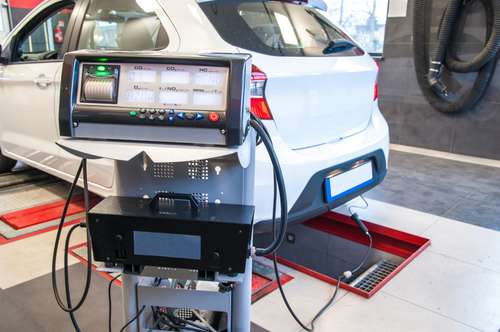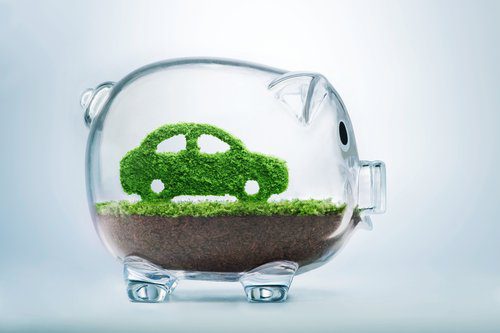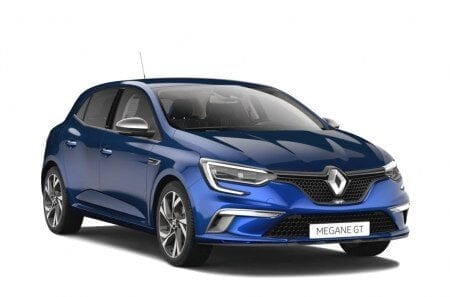
WLTP: procedures and standards
The WLTP standard is a worldwide test vehicle certification procedure. It consists in the fact that the car passes tests simulating various driving situations in order to find out its fuel consumption and CO2 emissions. WLTP has replaced NEDC and has had a marked effect on the environmental fine.
🚗 What is WLTP?

Le WLTPfor Worldwide Harmonized Passenger Car Test Procedures is a standardized protocol for the approval of passenger cars and light commercial vehicles. It is a test procedure, a set of tests that measure:
- La fuel consumption ;
- Electrical autonomy ;
- Refusal fromCO2 emissions ;
- Pollutants.
The goal of the WLTP is to globally harmonize vehicle testing and certification procedures. In Europe, WLTP has been applied since September 2017 for new car models and since September 2018 for new cars. It is also used in China as well as in Japan.
The WLTP is the result of the work of a United Nations working group. It aims to reduce the car's carbon footprintto save fuel and generally limit vehicle CO2 emissions. It is part of a global approach to tackling car pollution.
This procedure also allows consumers to have the most accurate picture of the emissions and fuel consumption of their vehicles.
Currently WLTP is based on laboratory tests... But the idea is to simulate as realistic driving conditions as possible. For this reason, the WLTP standard takes into account different criteria: different speeds and situations, as well as the weight category of the car, different equipment, tire inflation, etc.
The WLTC includes three different test cycles depending on the vehicle class:
- Class 1 : low-power vehicles with specific power (engine power / empty weight in running order) not more than 22 W / kg;
- Class 2 : vehicles with a power density of more than 22 W / kg but less than or equal to 34 W / kg;
- Class 3 : vehicles with a high power density over 34 W / kg.
Each of these classes has multiple driving cycles to approximate real-world use in a variety of environments: city, countryside, road and highway. Each class also consists of several parts at different speeds.
🔍 WLTP or NEDC?

Le National Council for Economic Developmentfor the new European driving cycle, another new vehicle certification standard. It entered into force in Europe 1997but it was replaced by WLTP In 2017.
The NEDC consisted of testing vehicles under various conditions of speed and temperature. But these tests were carried out on Banc d'essai not on the road, and the test conditions were considered remote.
In particular, consumption figures were criticized. NEDC was also at the center of the debate during Dieselgate featuring Volkswagen. Indeed, CO2 emissions as measured by the NEDC were much higher in practice, at about 50% in 2020.
Therefore, the European Union applies the WLTP cycle from September 2017 on new models and from September 2018 on all new vehicles. It was then redesigned to better reflect the consumption and range of electric vehicles.
⚙️ What's changing with WLTP?

Moving from NEDC to WLTP changes many things, including, of course, for consumers. The stricter WLTP standard provides data on consumption and emissions of pollutants. more realistic... This directly affects the calculation. environmental finewhich has changed several times since WLTP was applied.
Additionally, equipment level the new car is now taken into account when calculating CO2 emissions, which was not the case before. Be careful with the options you choose when buying a car, as this will affect your environmental penalty.
Another change: the question about reduction... While the NEDC encouraged this method of offset reduction in favor of boost, this is not the case for WLTP. This new standard offers fewer benefits to small motors and also automatic transmissions... For the latter, there is currently a slight overspending that is not reflected in the NEDC.
So now you know all about the WLTP standard! As you understand, this protocol plays an important role in the calculation of the environmental fine. Obviously, the goal of WLTP is Reduce pollution vehicles and in particular CO2 emissions.
